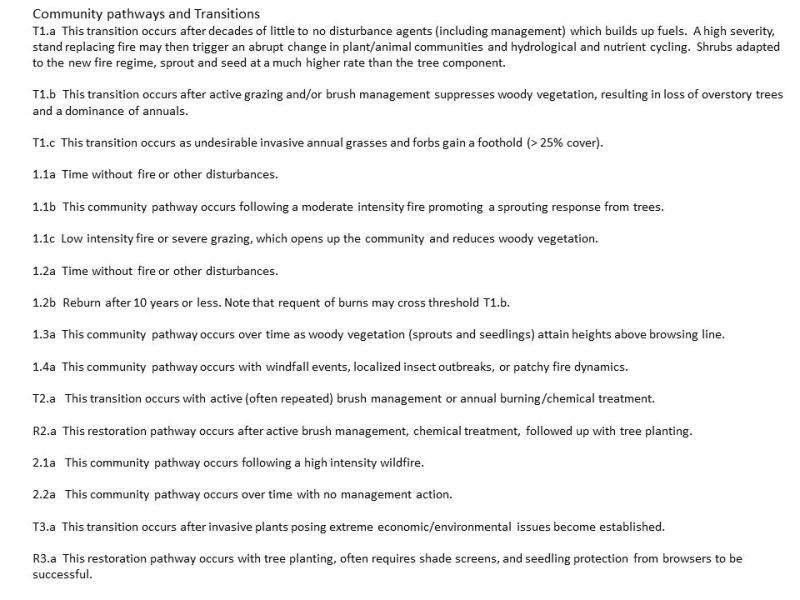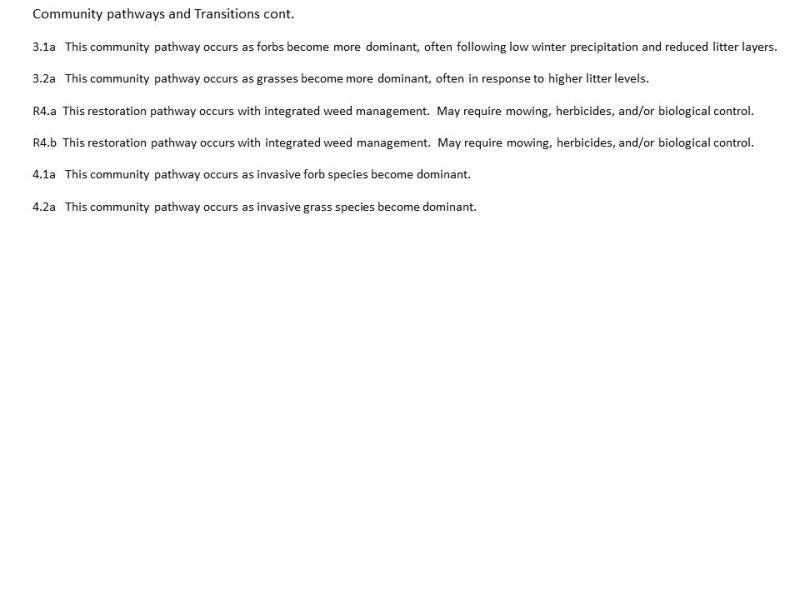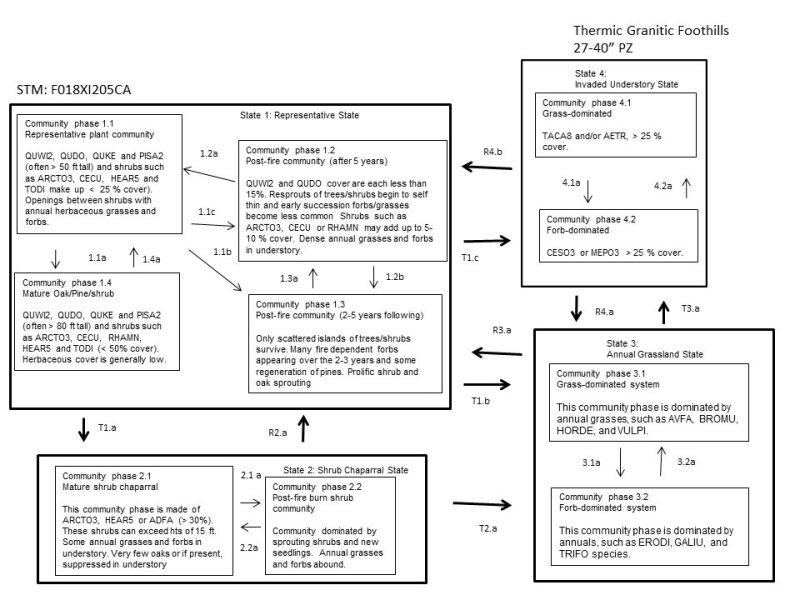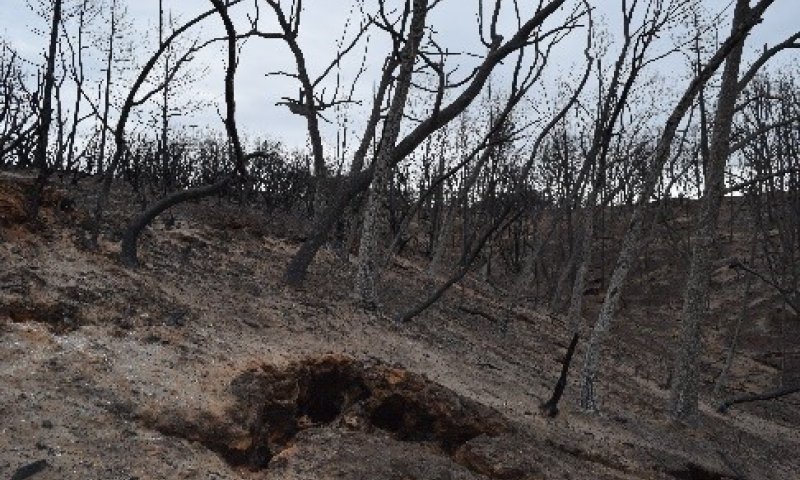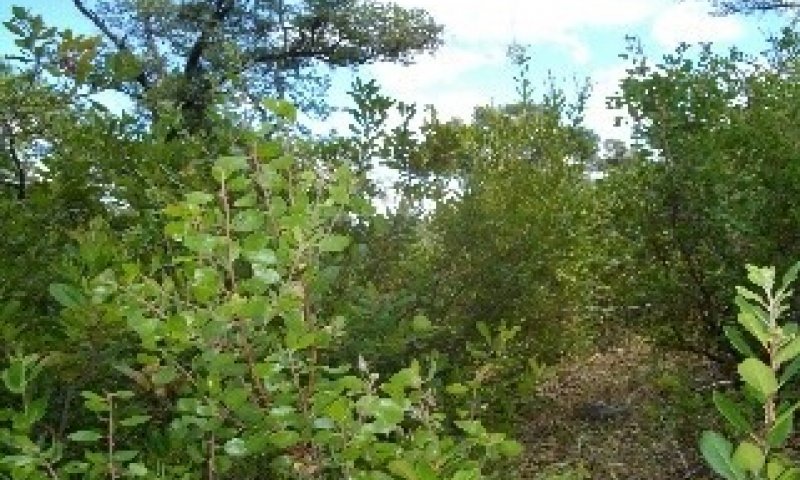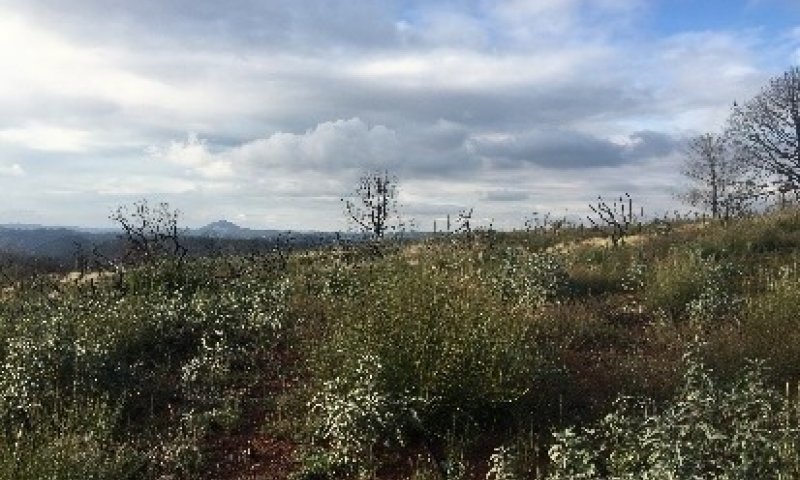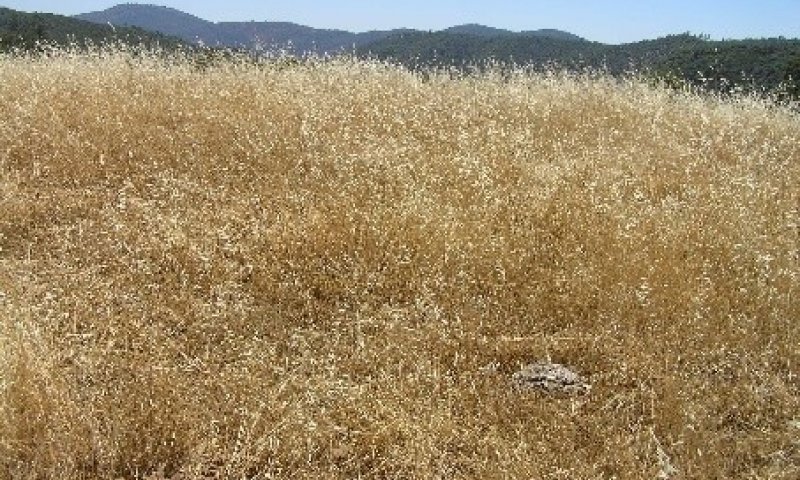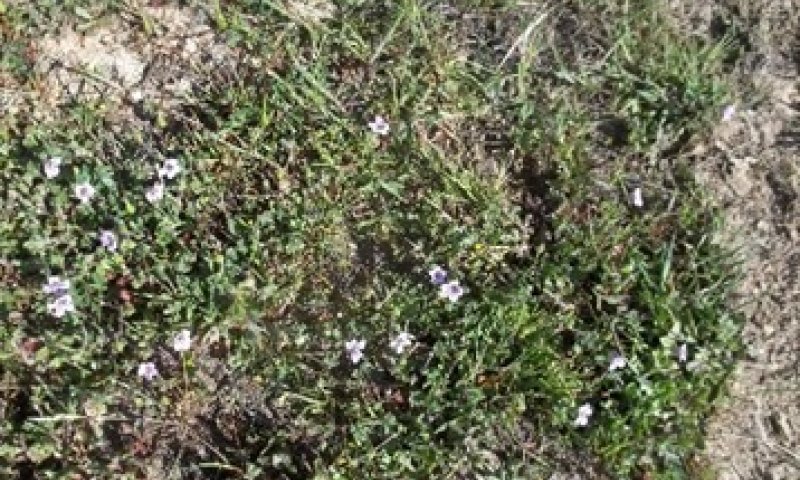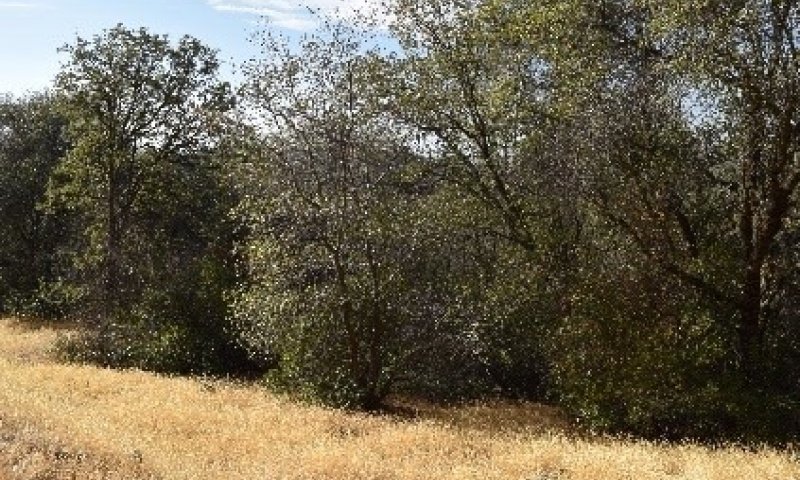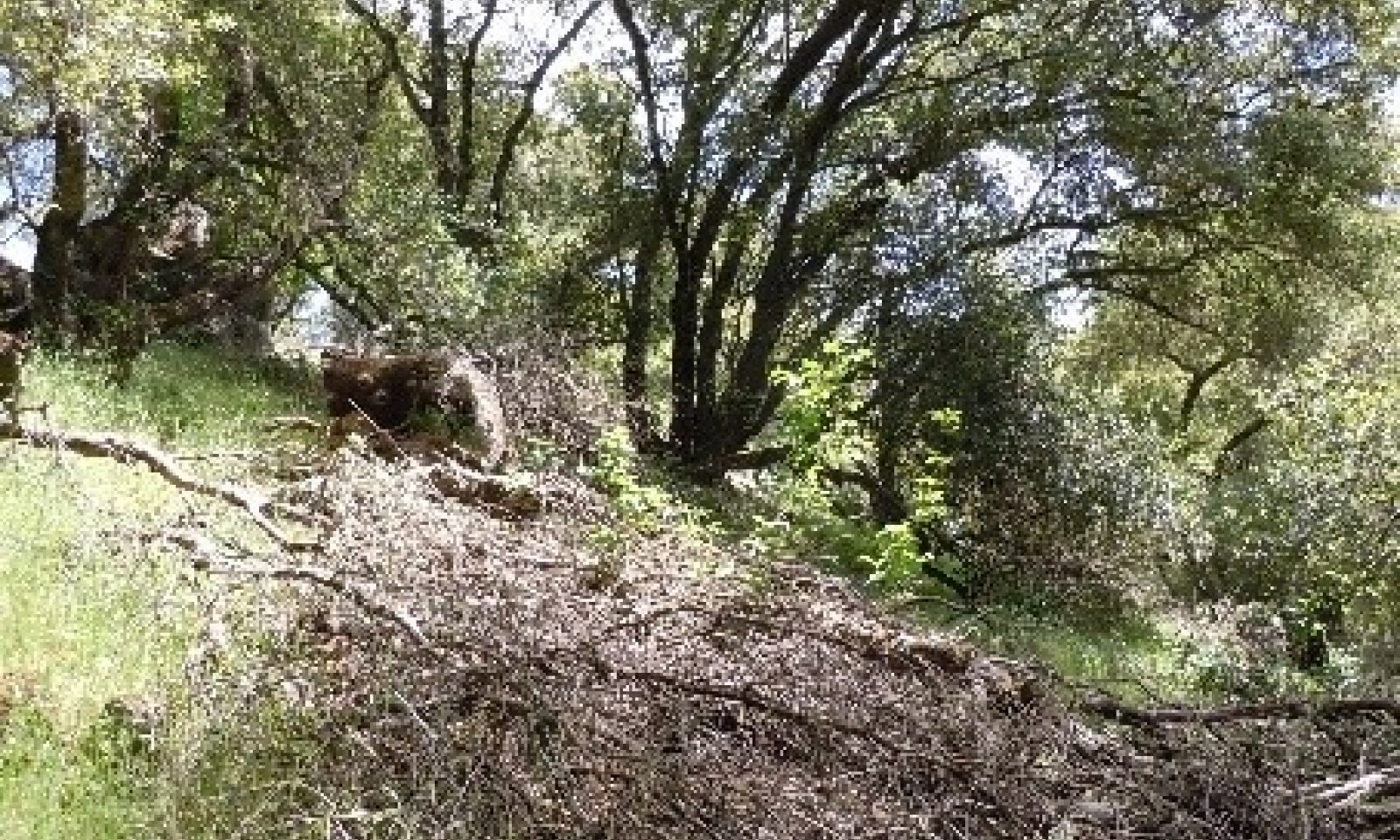

Natural Resources
Conservation Service
Ecological site F018XI205CA
Thermic Granitic Foothills
Last updated: 4/24/2024
Accessed: 12/21/2025
General information
Provisional. A provisional ecological site description has undergone quality control and quality assurance review. It contains a working state and transition model and enough information to identify the ecological site.
MLRA notes
Major Land Resource Area (MLRA): 018X–Sierra Nevada Foothills
Major Land Resource Area (MLRA) 18, Sierra Nevada Foothills is located entirely in California and runs north to south adjacent to and down-slope of the west side of the Sierra Nevada Mountains (MLRA 22A). MLRA 18 includes rolling to steep dissected hills and low mountains, with several very steep river valleys. Climate is distinctively Mediterranean (xeric soil moisture regime) with hot, dry summers, and relatively cool, wet winters. Most of the precipitation comes as rain; average annual precipitation ranges from 15 to 55 inches in most of the area (precipitation generally increases with elevation and from south to north). Soil temperature regime is thermic; mean annual air temperature generally ranges between 52 and 64 degrees F. Geology is rather complex in this region; there were several volcanic flow and ashfall events, as well as tectonic uplift, during the past 25 million years that contributed to the current landscape.
LRU notes
This LRU (designated XI) is located on moderate to steep hills in the Sierra Nevada Foothills east of Sacramento, Stockton, and Modesto, CA. Various geologies occur in this region: metavolcanics, granodiorite, slate, marble, argillite, schist and quartzite, as well as ultramafic bands to a limited and localized extent. It includes mesa formations from volcanic flows, where vernal pool habitats occur. Soil temperature regime is thermic and soil moisture regime is xeric. Elevation ranges between 300 and 3400 feet above sea level. Precipitation ranges from 14 to 42 inches annually. Most precipitation falls between the months of November and March in the form of rain. Dominant vegetation includes annual grasslands, blue oak (Quercus douglasii), interior live oak (Quercus wislizeni), chamise (Adenostoma fasciculatum), buckbrush (Ceanothus cuneatus), and foothill pine (Pinus sabiniana).
Classification relationships
CLASSIFICATION RELATIONSHIPS
This site is located within M261F, the Sierra Nevada Foothills Section, (McNab et al., 2007) of the National Hierarchical Framework of Ecological Units (Cleland et al., 1997), M261Fb, the Lower Foothills Metamorphic Belt Subsection.
Level III and Level IV ecoregions systems (Omernik, 1987, and EPA, 2011) are: Level III, Central California Foothills and Coastal Mountains and Level IV, Ecoregion 6b, Northern Sierran Foothills, Ecoregion 6c, Comanche Terraces.
Ecological site concept
This site is found on strongly sloping to steep hills, in granitic parent material. It has a wide range in soil depth classes (moderately deep to very deep). Mean annual precipitation typically ranges from 31 to 51 inches. Elevation ranges from 750 to 2500 feet. Soil temperature regime is thermic.
The soils in this site are susceptible to erosion because of the granitic parent material which may weather into grus. Later states of this ecological site (shrub dominated/annual vegetation or post-fire communities) are more vulnerable to erosion, particularly on the steep portions of the landscape. Loss of topsoil can lead to losses in productivity and the ability to regenerate woodland vegetation. The most common soil components include Ahwahnee and Sierra. Ahwahnee soils have a mollic epipedon, where dense vegetation and organic matter lead to dark A horizons. This soil is moderately deep and classified as a coarse-loamy, mixed active thermic Mollic Haploxeralfs. Sierra soils are very deep which favors tree and shrub production, but these soils are also vulnerable to erosion as explained above. They are classified as fine-loamy, mixed active, thermic Ultic Haploxeralfs.
The dominant vegetation in this ecological site consists of mixed (approximately equal proportions) blue oak (Quercus douglasii) and interior live oak (Quercus wislizeni) and scattered shrubs such as manzanita (Arctostaphylos spp.), toyon (Heteromeles arbutifolia). Herbaceous annual vegetation ranges from sparse to greater than 60% of the annual production, depending on overstory canopy and sunlight availability.
Associated sites
| R018XI105CA |
Mesic Steep Convex Slopes bordering thermic This site commonly occurs nearby. |
|---|
Similar sites
| F018XI204CA |
North-facing Steep Draws and Hillslopes Site relationships being developed. |
|---|---|
| F018XI206CA |
Clayey Thermic Marble Hills Site relationships being developed. |
Table 1. Dominant plant species
| Tree |
(1) Quercus wislizeni |
|---|---|
| Shrub |
(1) Arctostaphylos |
| Herbaceous |
(1) Bromus carinatus |
Click on box and path labels to scroll to the respective text.
